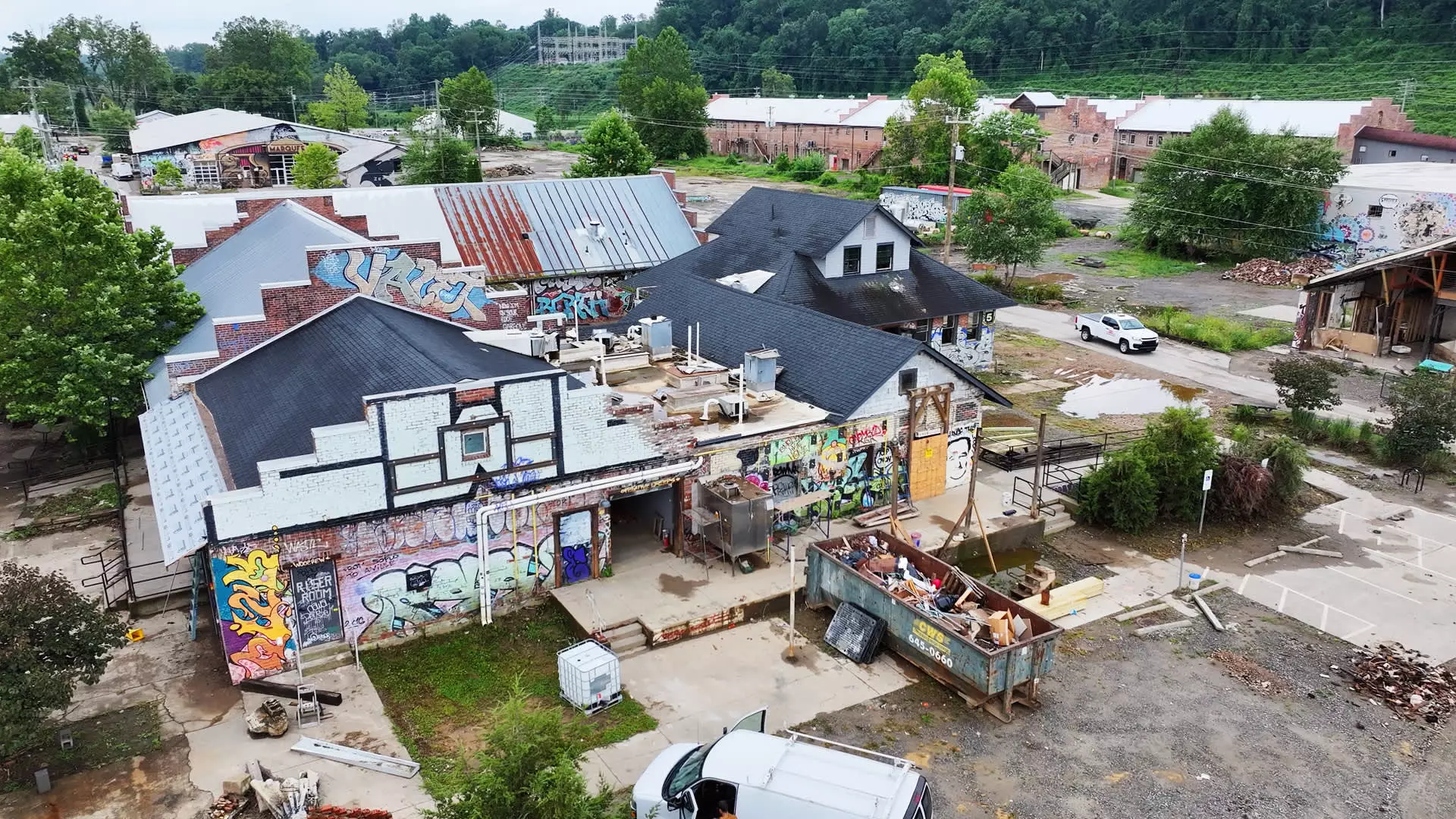In recent months, the Trump administration’s deliberate move to overhaul FEMA signals a troubling shift toward diminished federal involvement in disaster management. The announcement that FEMA will distribute less money, directly from the president’s office, marks a disturbing departure from long-standing practices designed to foster collaborative federal, state, and local responses. This reorganization raises critical concerns about the capacity of local communities to withstand and recover from calamities, especially when the safety net of robust federal support is systematically pulled back.
The significance of FEMA’s budget—projected at $60 billion for fiscal year 2025—cannot be overstated. This budget encompasses relief efforts for some of the most devastating disasters in recent history, including hurricanes that obliterated coastlines and wildfires threatening entire regions. Cutting these funds or shifting their distribution away from existing mechanisms effectively communicates a federal abdication of responsibility, leaving communities vulnerable and underprepared. It’s a reckless gamble with public safety that prioritizes budget cuts over the long-term stability of disaster-stricken areas.
Moreover, critics argue that FEMA’s bureaucratic sluggishness has only exacerbated the suffering of disaster victims. Persistent delays in payouts and convoluted recovery processes have historically hindered communities from rebuilding swiftly. Unlike the administration’s promises of efficiency, FEMA’s failure to streamline and coordinate aid illustrates a systemic weakness that must be addressed—not handicapped further. If the agency is to serve its purpose, reforms should focus on transparency, speed, and integration, not dismantling its capacity.
The Impact on Localities: A Ticking Time Bomb
The consequences of federal retrenchment are already tangible. For areas like North Carolina, where Hurricane Helene inflicted nearly $60 billion in damages, the federal government’s current contribution of just over 6% underscores the substantial risks local communities face without sufficient support. Local priorities, especially in economically vulnerable regions, are now potentially left to bear the brunt of natural and man-made disasters. Communities with modest revenue streams, like the counties affected by Helene, simply lack the resources to manage large-scale crises alone.
This shift also jeopardizes the fragile economic ecosystems that these towns rely on. Small businesses—local employers, job creators, and cultural hubs—stand on the frontline of disaster consequences. Take Asheville’s Village Potters Clay Center, which suffered nearly $200,000 in flood-related losses. Despite having flood insurance, the business’s partial FEMA payout was not enough to cover the full scope of damages. Now, facing an uncertain recovery, their situation exemplifies how weakened federal aid jeopardizes not just infrastructure but also local economies and community vitality.
Furthermore, the narrative that disaster management should be primarily state and locally handled dismisses the realities of fiscal disparity and limited capacity. Local governments, operating on often strained budgets, are ill-equipped to shoulder catastrophic burdens alone. The expectation that they can bear this responsibility without adequate federal backing ignores the structural inequities deeply embedded in America’s political and economic landscape.
The Broader Ideological Implications and Long-Term Risks
At its core, this policy shift betrays a troubling ideology—one that undervalues collective responsibility in favor of austerity and decentralization. While local control is important, disaster resilience is inherently a national concern. Natural calamities and climate-induced disasters no longer respect political boundaries, demanding a coordinated, robust federal response that ensures no community is left to suffer in silence or desperation.
Center-wing liberalism traditionally champions the notion of shared responsibility and equitable resource distribution. By chipping away at federal support, the administration undermines these principles, risking greater inequality and social instability. Vulnerable populations—often economically marginalized—are disproportionately impacted by natural disasters, and neglecting their needs exacerbates existing disparities.
Lastly, a retreat from federal leadership in disaster relief signals a dangerous underestimation of future risks. As climate change accelerates, the frequency and severity of disasters will only increase. Abandoning a comprehensive federal safety net today not only jeopardizes immediate recovery efforts but also compromises the nation’s resilience in the long run. The cost of such complacency is measured not just in dollars but in human suffering, community fragmentation, and the erosion of trust in government’s ability to protect its citizens.
In sum, the Biden administration needs to reassess the dangerous trajectory it is on. Disaster management is a collective endeavor; diminishing federal aid and oversight is shortsighted and ultimately destructive. Community resilience depends on proactive, well-funded, and coordinated responses that recognize the interconnected nature of disaster impacts—an approach that far too many policymakers are abandoning in their pursuit of austerity and political expediency.


Leave a Reply